
RF & Microwave Blog
-
Panel Requirements for PCB Assembly
Posted by
–
 Read more: Panel Requirements for PCB Assembly
Read more: Panel Requirements for PCB AssemblyUnderstanding PCB Panels What is a PCB Panel? A PCB panel, also known as a PCB array or multi-circuit board, is a larger printed circuit board that contains multiple identical or different PCB designs. These individual PCBs, called “circuits” or “coupons,” are arranged in a grid pattern on the panel […]
-
How to panelize PCBs with CAM
Posted by
–
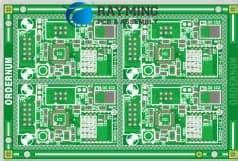 Read more: How to panelize PCBs with CAM
Read more: How to panelize PCBs with CAMWhat is PCB Panelization? PCB panelization is the process of grouping multiple printed circuit board (PCB) designs into a single panel layout for manufacturing. By combining smaller PCBs into a larger panel, you can optimize the use of materials, reduce manufacturing costs, and increase production efficiency. Panelization is typically done […]
-
Mentor Graphics Launches New Xpedition Platform to Optimize Advanced PCB Systems Design Productivity
Posted by
–
 Read more: Mentor Graphics Launches New Xpedition Platform to Optimize Advanced PCB Systems Design Productivity
Read more: Mentor Graphics Launches New Xpedition Platform to Optimize Advanced PCB Systems Design ProductivityIntroduction to the Xpedition Platform Mentor Graphics, a leading provider of electronic design automation (EDA) solutions, has recently unveiled its groundbreaking Xpedition platform. This innovative platform is designed to revolutionize the way engineers approach advanced printed circuit board (PCB) systems design, significantly enhancing productivity and streamlining the design process. The […]
-
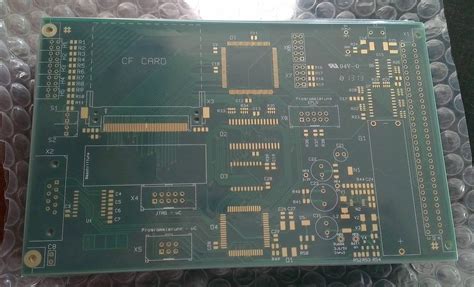 Read more: An Introduction to Electroless Nickel Immersion Gold ENIG by RAYPCB
Read more: An Introduction to Electroless Nickel Immersion Gold ENIG by RAYPCBWhat is ENIG? Electroless Nickel Immersion Gold (ENIG) is a popular surface finish for printed circuit boards (PCBs). It provides excellent solderability, flatness, and corrosion resistance for PCB pads and through-holes. ENIG consists of an electroless nickel plating layer covered by a thin immersion gold layer. ENIG offers several advantages […]
-
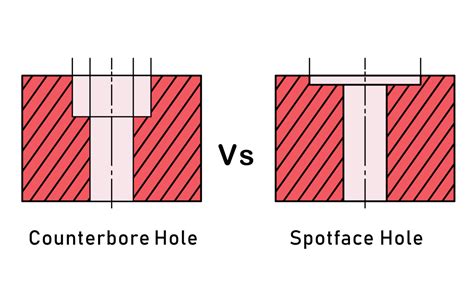 Read more: What is the difference between a countersink and a counterbore in a PCB
Read more: What is the difference between a countersink and a counterbore in a PCBCountersink vs Counterbore: Understanding the Key Differences When it comes to printed circuit board (PCB) design and manufacturing, there are various techniques used to create holes and cavities for mounting components and accommodating hardware. Two common methods are countersinking and counterboring. While both processes involve creating recesses in the PCB, […]
-
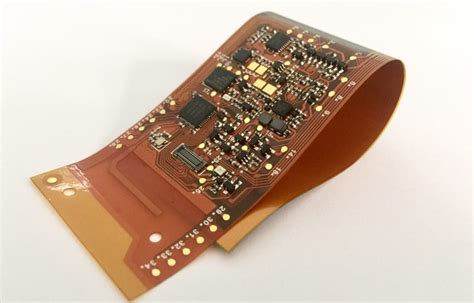 Read more: Why use rigid flex PCB than flexible PCB in electronic project
Read more: Why use rigid flex PCB than flexible PCB in electronic projectWhat is a Rigid-Flex PCB? A rigid-flex PCB is a printed circuit board that combines both rigid and flexible substrates, allowing for a more compact and reliable design compared to using separate rigid and flexible PCBs. The rigid sections provide structural support and house the majority of the components, while […]
-
What Do Modern Motherboards Include
Posted by
–
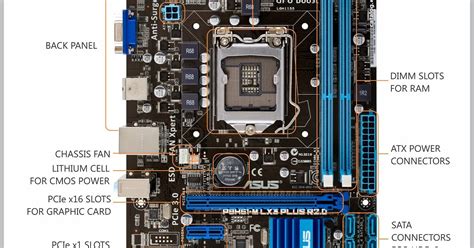 Read more: What Do Modern Motherboards Include
Read more: What Do Modern Motherboards IncludeKey Motherboard Features 1. CPU Socket The CPU socket is one of the most essential components of a motherboard, as it determines the type of processor that can be installed. Modern motherboards come with a variety of socket types, each compatible with specific processor families. Some of the most common […]
-
FR 4 PCB Manufacturing
Posted by
–
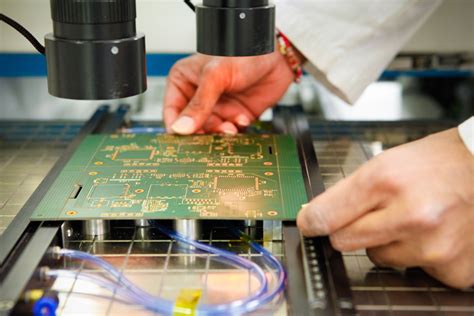 Read more: FR 4 PCB Manufacturing
Read more: FR 4 PCB ManufacturingIntroduction to PCB Manufacturing Printed Circuit Boards (PCBs) are the backbone of modern electronic devices. They provide a platform for electrical components to be mounted and interconnected, enabling the functioning of complex circuitry. Among the various types of PCBs, FR 4 PCBs have gained significant popularity due to their excellent […]
-
Single Sided vs Double Sided vs Multilayer PCBs
Posted by
–
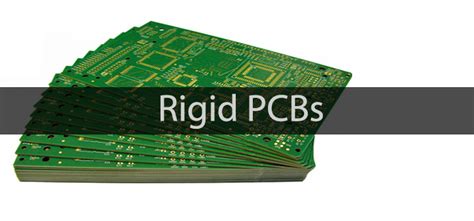 Read more: Single Sided vs Double Sided vs Multilayer PCBs
Read more: Single Sided vs Double Sided vs Multilayer PCBsWhat is a Single Sided PCB? A single sided PCB, also known as a single layer PCB, has conductive copper traces printed on only one side of the insulating substrate material. The components are mounted on the opposite side of the board from the copper layer. Single sided PCBs are […]
-
WUS and Schweizer partner up for HF segment
Posted by
–
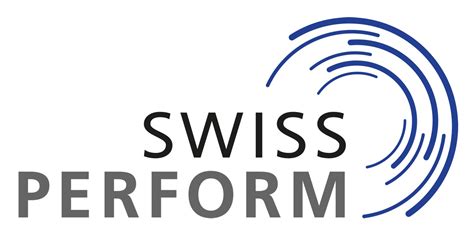 Read more: WUS and Schweizer partner up for HF segment
Read more: WUS and Schweizer partner up for HF segmentIntroduction WUS, a leading global provider of wireless communication solutions, and Schweizer, a renowned manufacturer of high-quality electronic components, have recently announced their strategic partnership to develop and market innovative products for the high-frequency (HF) segment. This collaboration aims to leverage the strengths of both companies to create cutting-edge solutions […]
Recent Posts
- How to Select Material for Your PCBs from Cost and Reliability Considerations
- Problems of EMC Technology Application in PCB Design of Electronic Devices and the Strategies
- Fabrication Technology on Flex-Rigid PCB Window
- Problems of High-Frequency and High-Speed Multilayer PCB Fabrication and Their Solutions
- Key Difficulties and Tips for Backplane PCB Fabrication